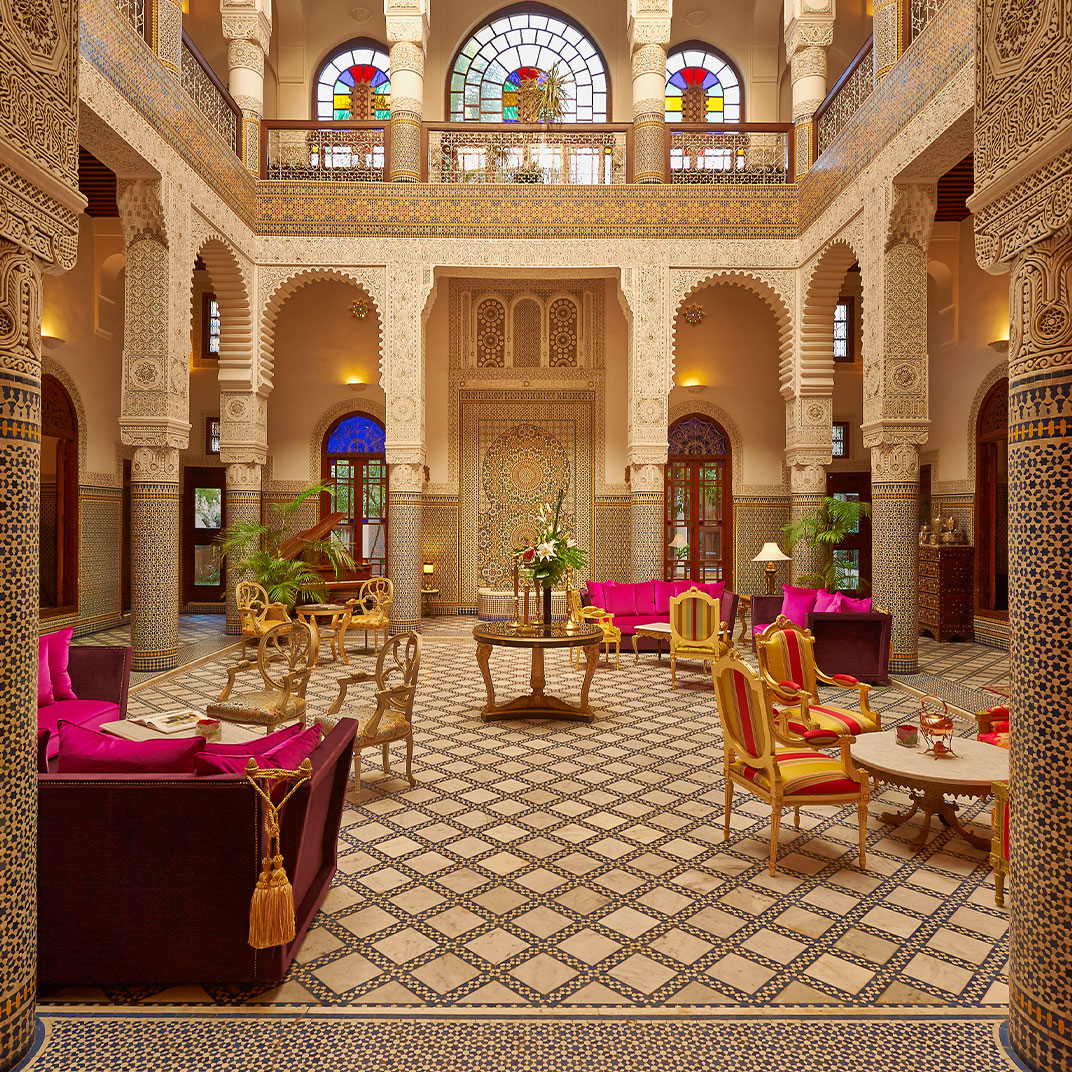
Click on the hotels below to see the perks and privileges they’re currently offering. Click here to learn more about Tablet Plus.
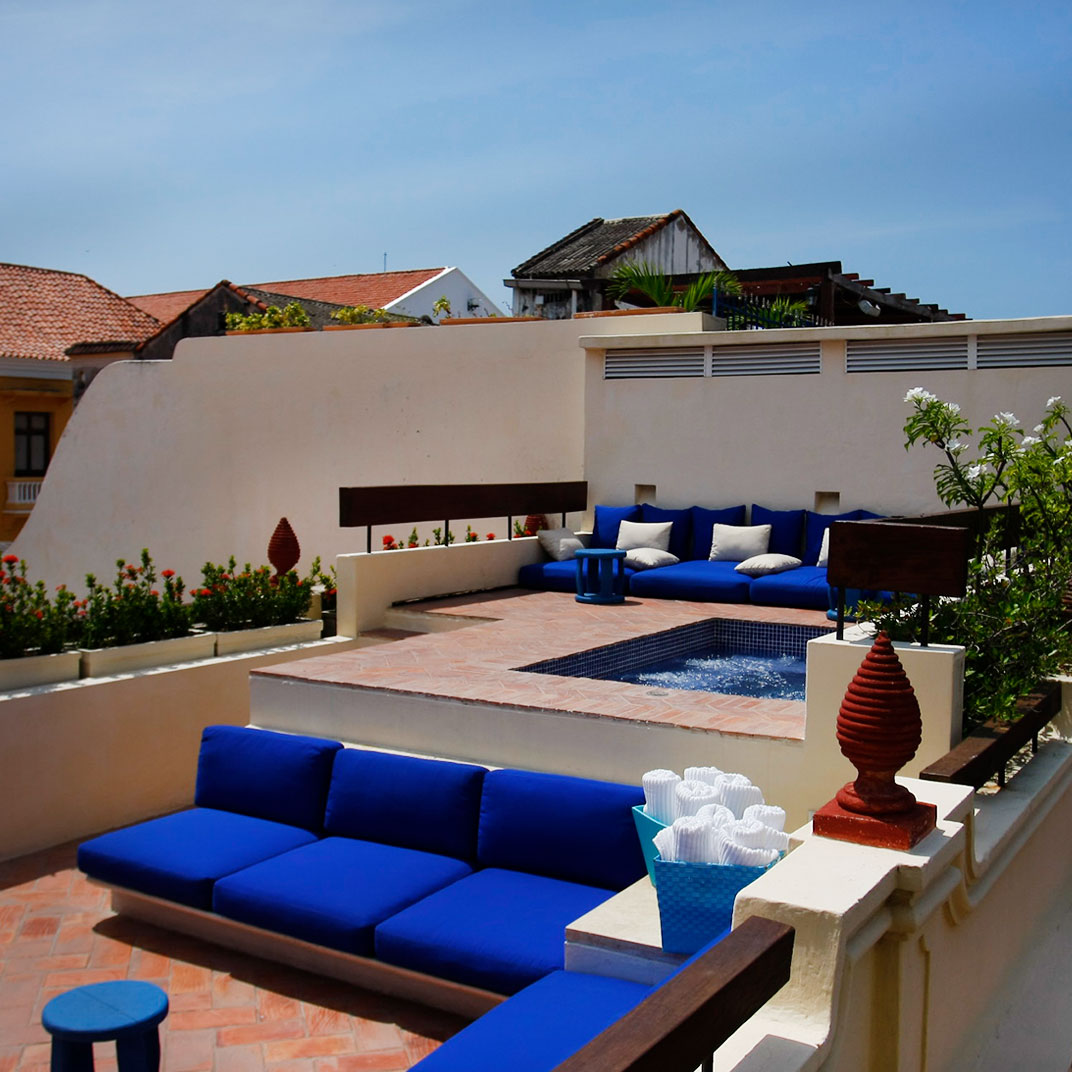
Hotel Quadrifolio
Cartagena, Colombia
Named for the four-leaf-clover figure that forms a common motif in Spanish Colonial Colombian architecture, the Quadrifolio is a bit of a time capsule. It’s a renovated colonial manor house on the Calle del Cuartel, in the historic walled old town of Cartagena, the port city where Colombia meets the Caribbean.
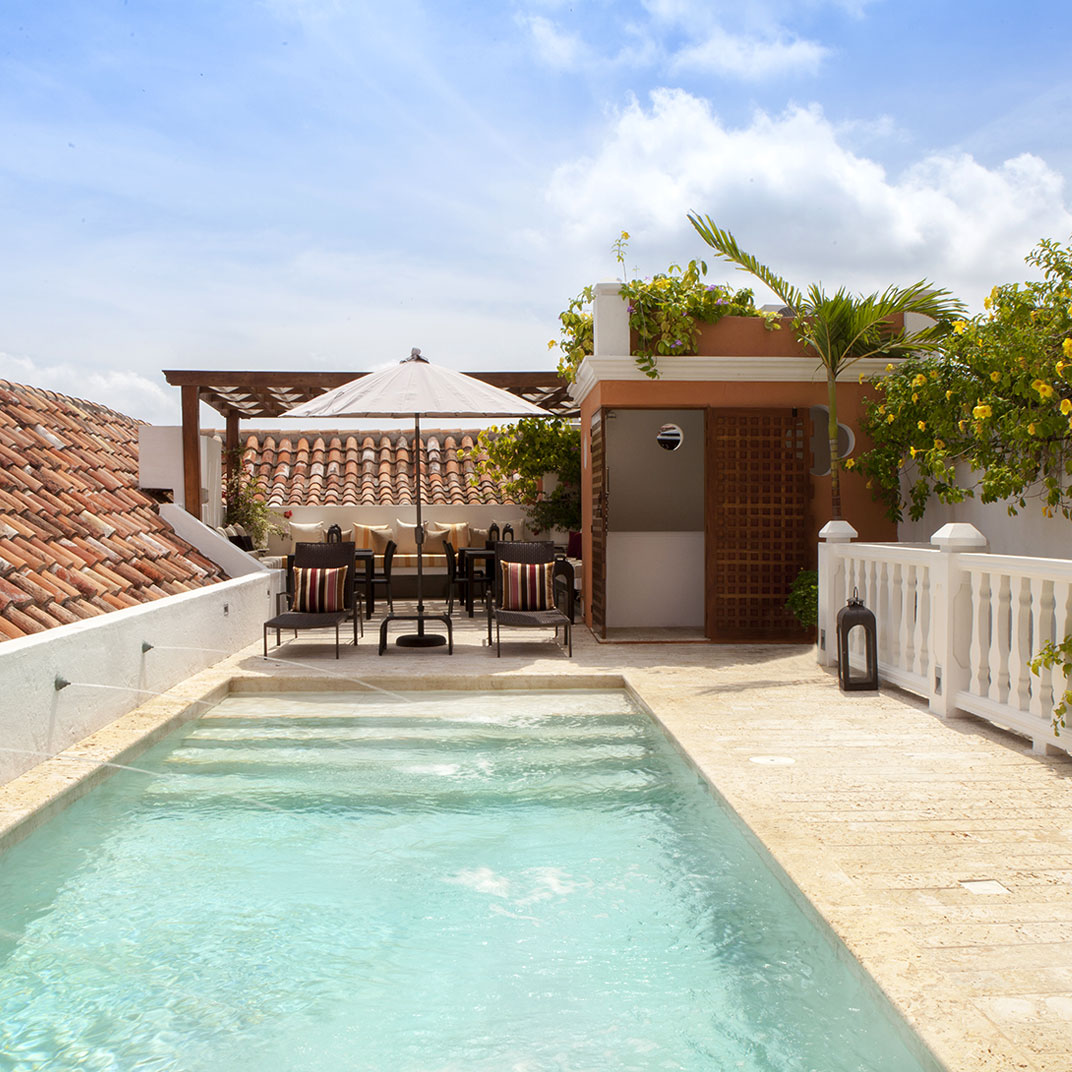
Hotel Casa del Coliseo
Cartagena, Colombia
Around here we’re fans of every kind of extraordinary hotel, and that doesn’t always mean novelty and experimentation. Casa del Coliseo, in the historic city of Cartagena, Colombia, is a reminder that classic hospitality, executed with style and confidence, will never go out of fashion. It’s a 17th-century residence in a perfectly central location, and though its 12 rooms retain original features like timbered ceilings, they’ve been renovated to current luxury-hotel standard and decorated in a style that blends contemporary boutique design and classic colonial-era atmosphere — it helps that the proprietor himself is a designer, the Colombian-born and Miami-based Juan Carlos Arcila-Duque.
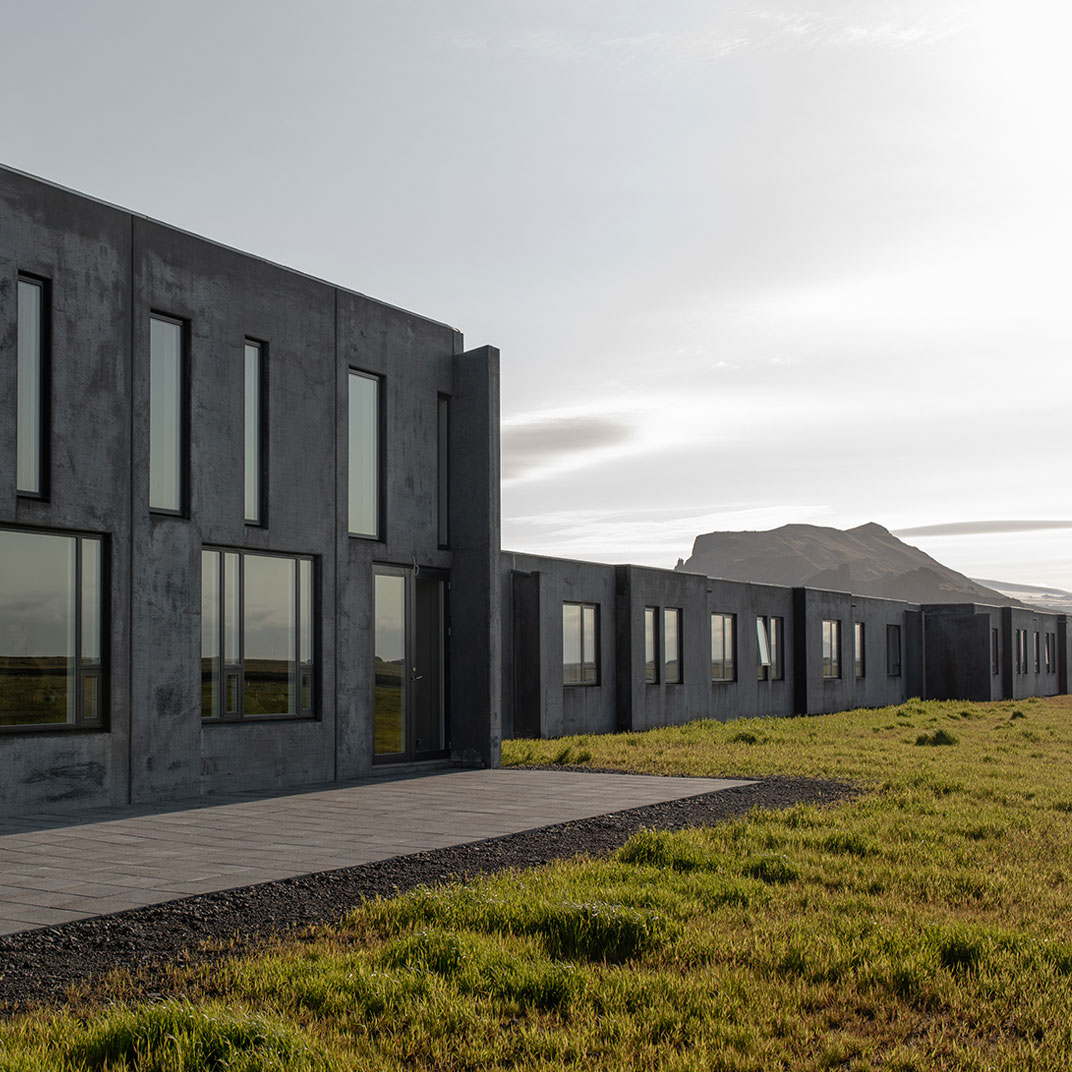
UMI Hotel
Hvolsvöllur, Iceland
For quite a long time Iceland’s spectacular beauty was rather let down by its relatively ordinary hotels. Lately, however, a new movement is afoot, complementing this island nation’s sublime, unearthly landscapes with some equally inspiring modern architecture and design. And it doesn’t take much more than a glance at Umi Hotel to identify it as an example of exactly what we’re talking about.
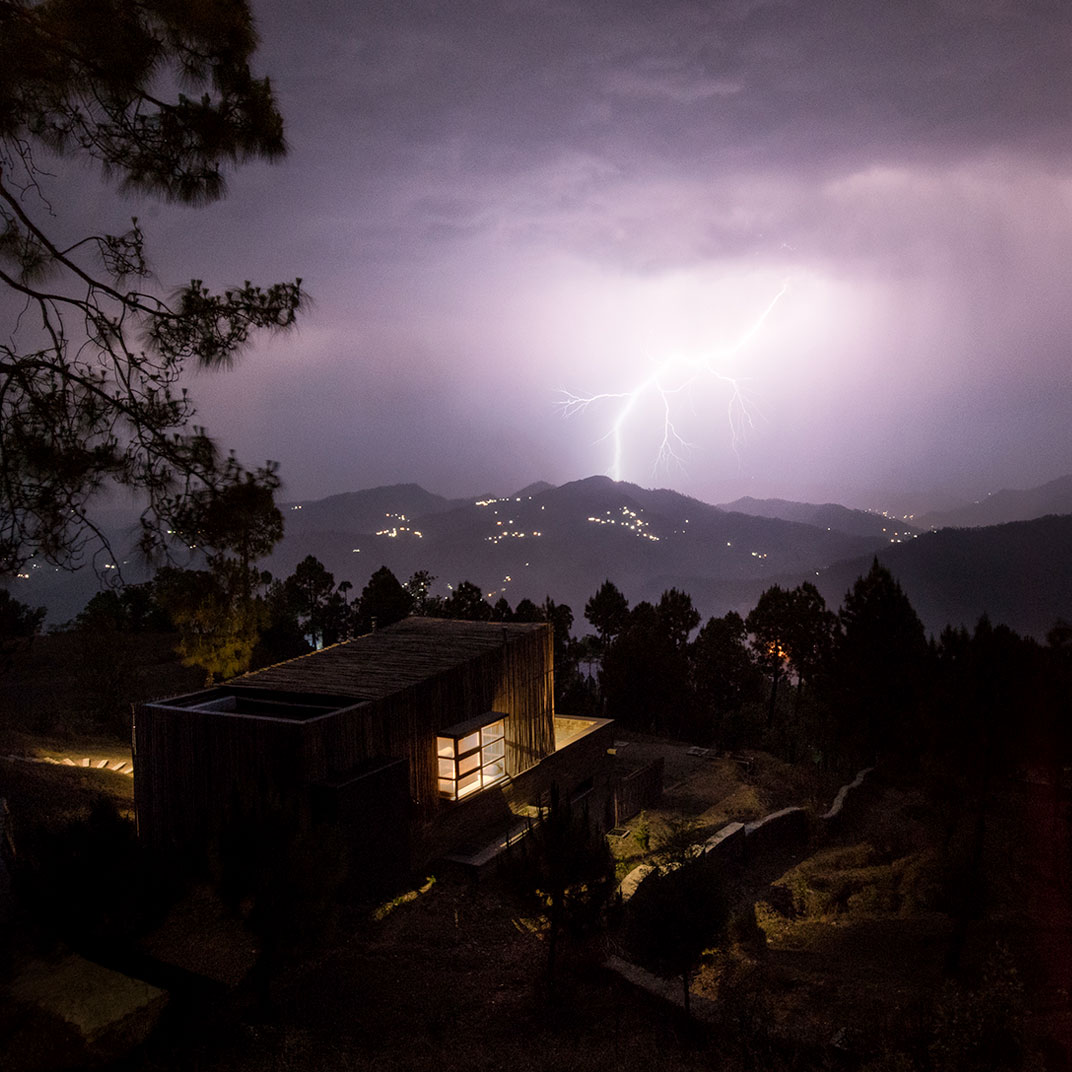
The Kumaon
Almora, India
Originally intended as a private estate, this parcel of land in the Indian Himalayas would have been quite simply too stunning not to share. Sri Lankan architects Pradeep Kodikara and Jineshi Samaraweera, disciples of the modernist master Geoffrey Bawa, have built something absolutely extraordinary — and while a high-end ten-suite mountain retreat isn’t exactly mass tourism, the fact is that it’s open to many more visitors than it would have been as a private house.
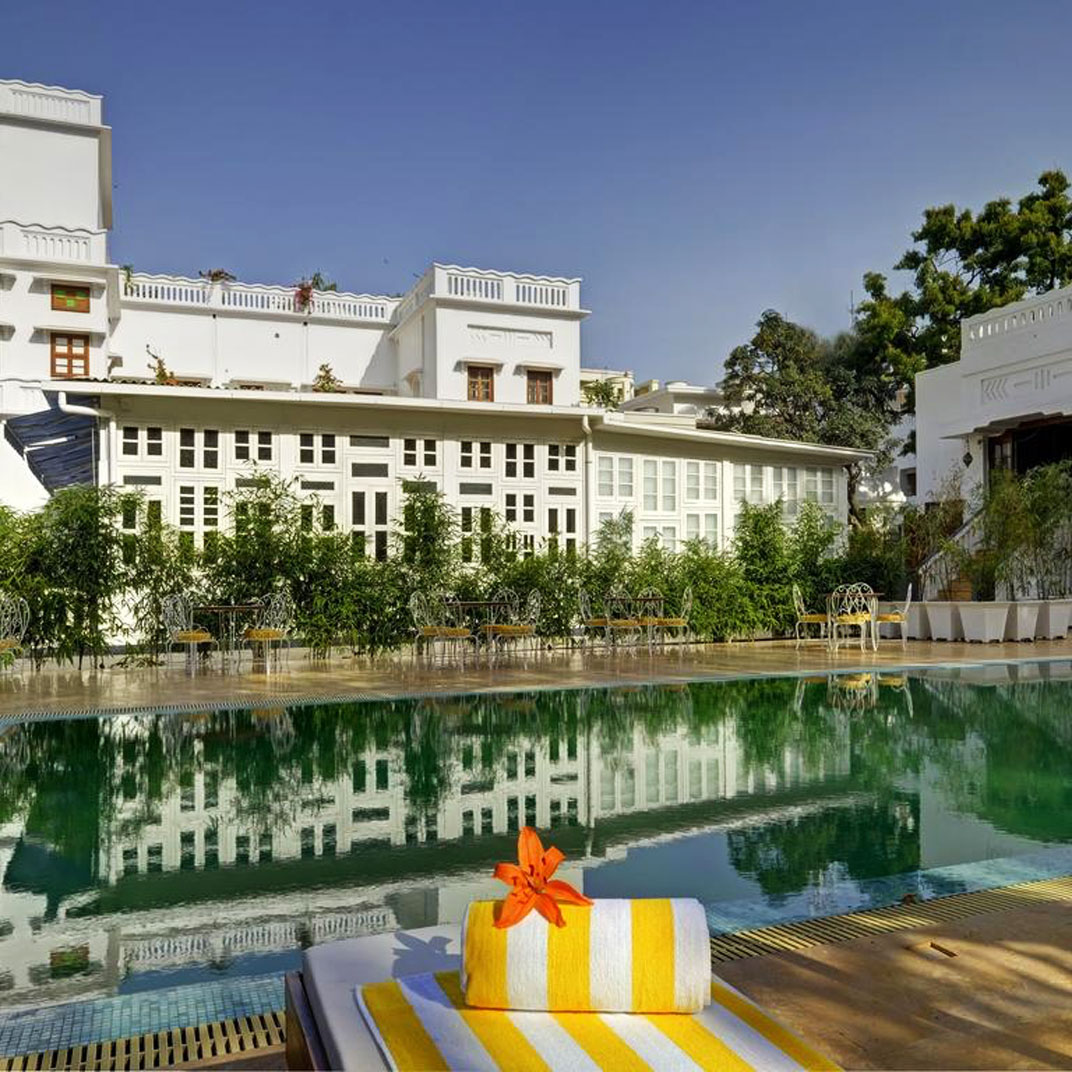
Lebua Lucknow
Lucknow, India
Travelers from all over the world come to Uttar Pradesh with one goal in mind: passing through the grand marble gates of the Taj Mahal. Far from the camera-snapping crowds of Agra, however, another destination awaits, one that’s relatively undiscovered by tourists. Lucknow, the capital, doesn’t have one must-see landmark. What it offers is the chance to step into the past — to wander through glittering sultan’s palaces, to view the faded grandeur of the British Raj, to live out their Passage to India-style fantasy in relative solitude.
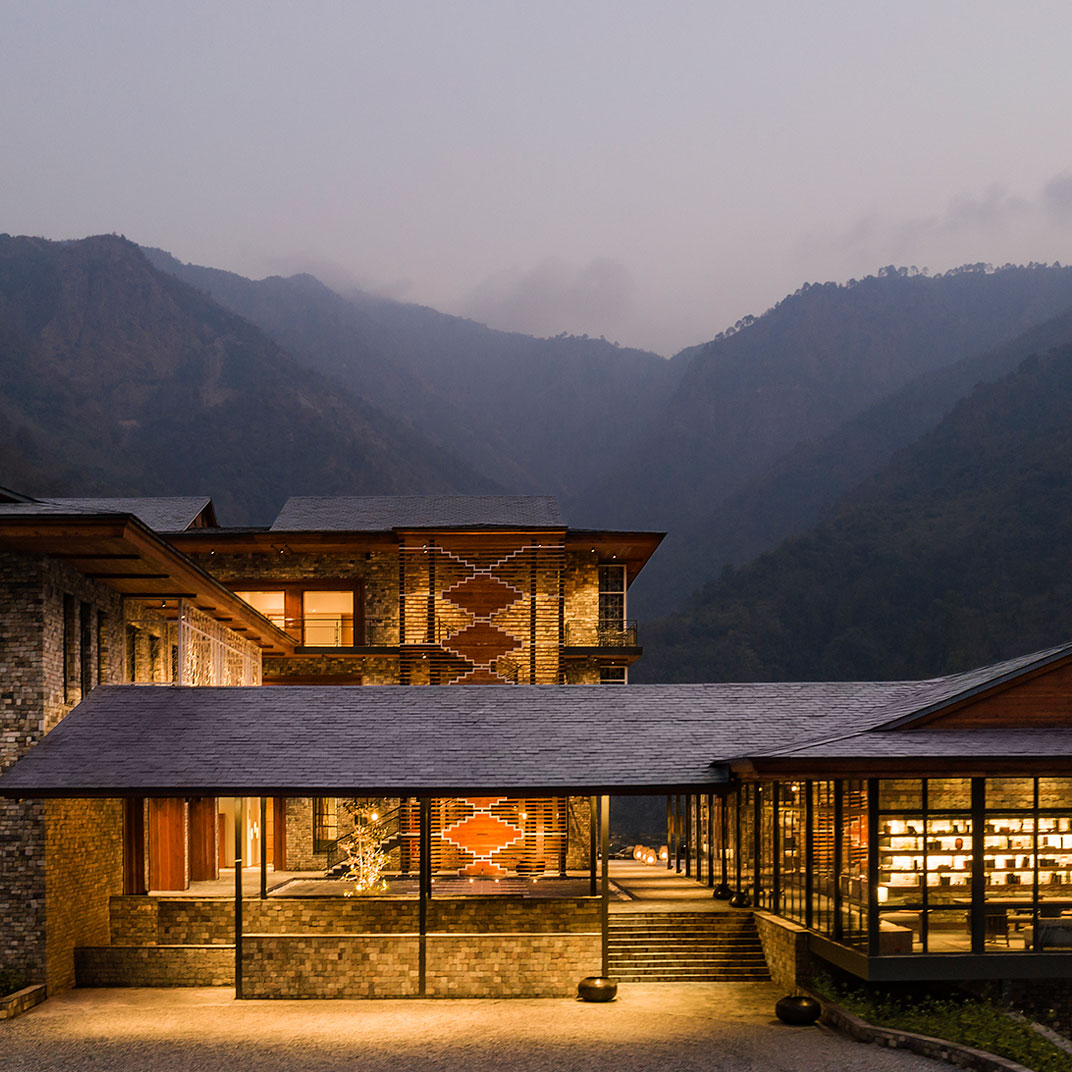
Taj Rishikesh Resort & Spa, Uttarakhand
Rishikesh, India
We do love a good independent one-off boutique hotel, but we’re not above acknowledging when one of the big hospitality chains is doing extraordinary work. That’s very much the case with India’s massive Taj group at the moment, and Taj Rishikesh Resort & Spa, Uttarakhand is yet another stunning new opening — this one at a bend in the Ganges river in the foothills of the Himalayas, offering astounding views of the river and the mountains in every direction.
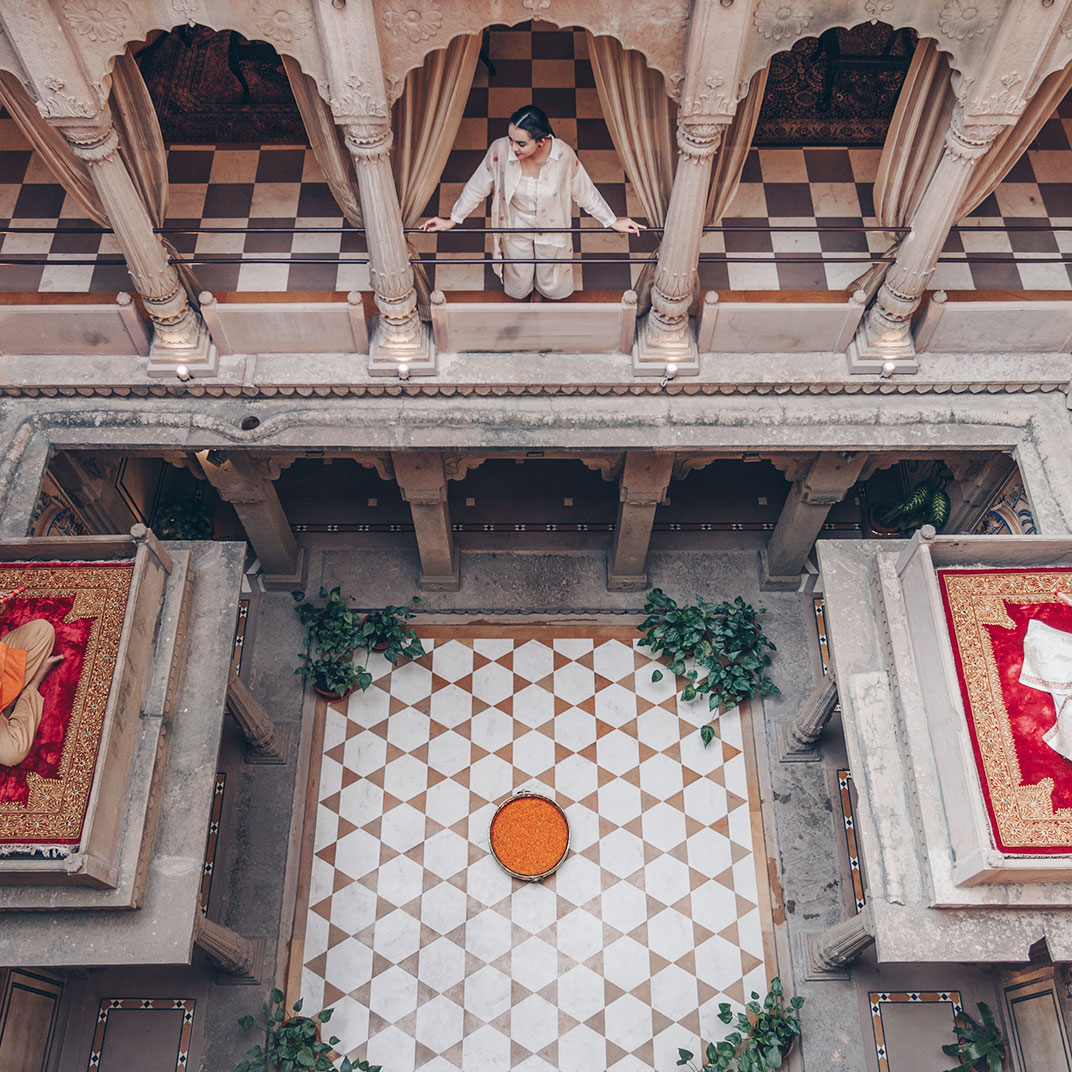
Brij Rama Palace Varanasi
Varanasi, India
Varanasi isn’t just another holiday destination. This city, on the banks of the Ganges in Uttar Pradesh, is a pilgrimage site, one of the spiritual centers of India, and is worthy of a certain amount of reverence, even from secular travelers. To that end, Varanasi’s most extraordinary hotel makes a few demands on its guests: there’s no alcohol served here, and all meals are strictly vegetarian. Deal-breakers for some, perhaps, but an experience like the one you’ll have at Brij Rama Palace is worth a bit of sacrifice.
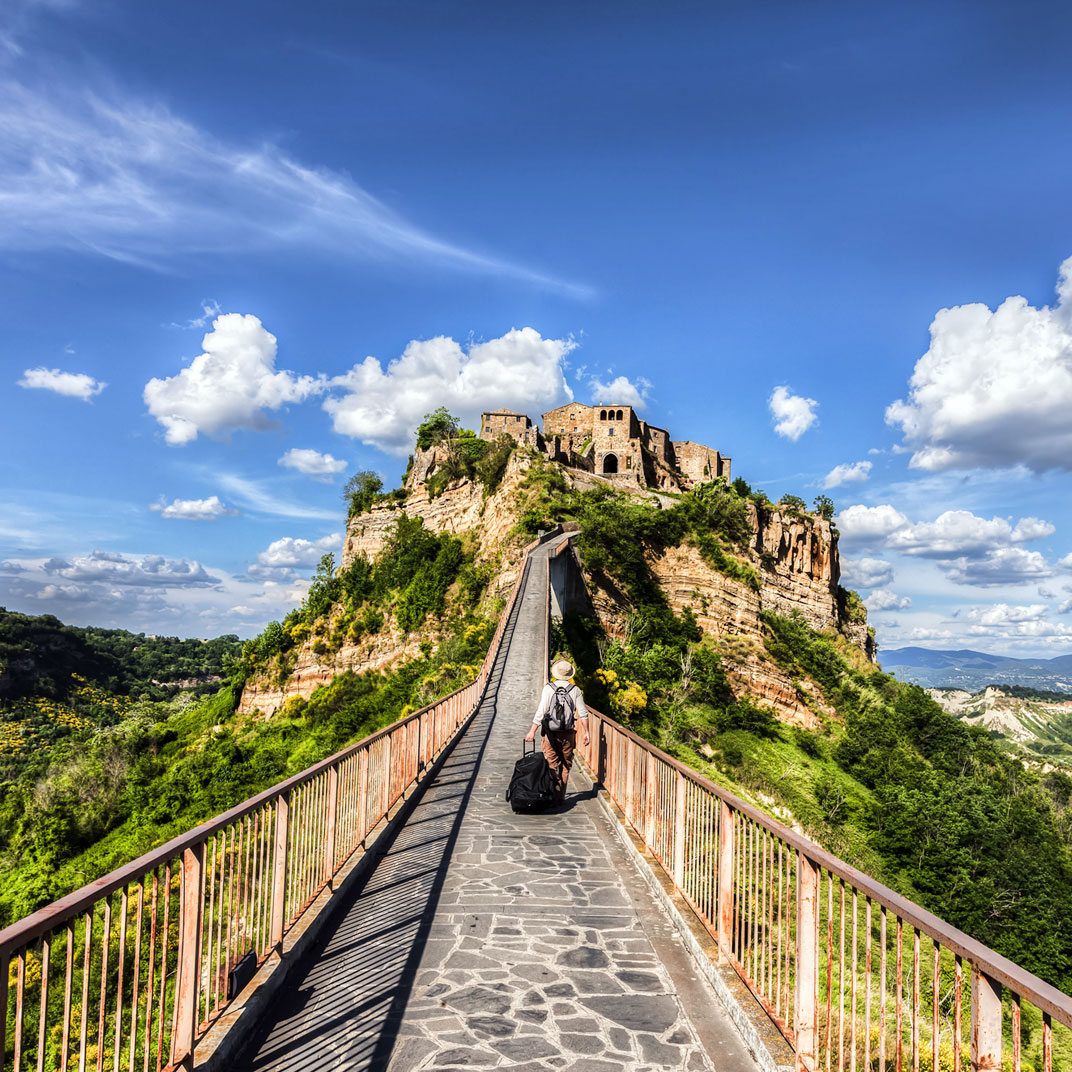
Corte della Maestà
Civita di Bagnoregio, Italy
All roads may lead to Rome, but there’s no one to stop you from pulling a U-turn. You won’t have to travel far outside the capital before the medieval village of Civita di Bagnoregio rises up into view on a hilltop before you. It’s a vision so magnificent that you’ll have a hard time believing that Italians once nicknamed the place la cittá che muore – the dying city. But natural disasters happen even in a landscape as bucolic as this one: an earthquake struck in 1685, and the residents fled, including the bishop, who abandoned his home and seminary.
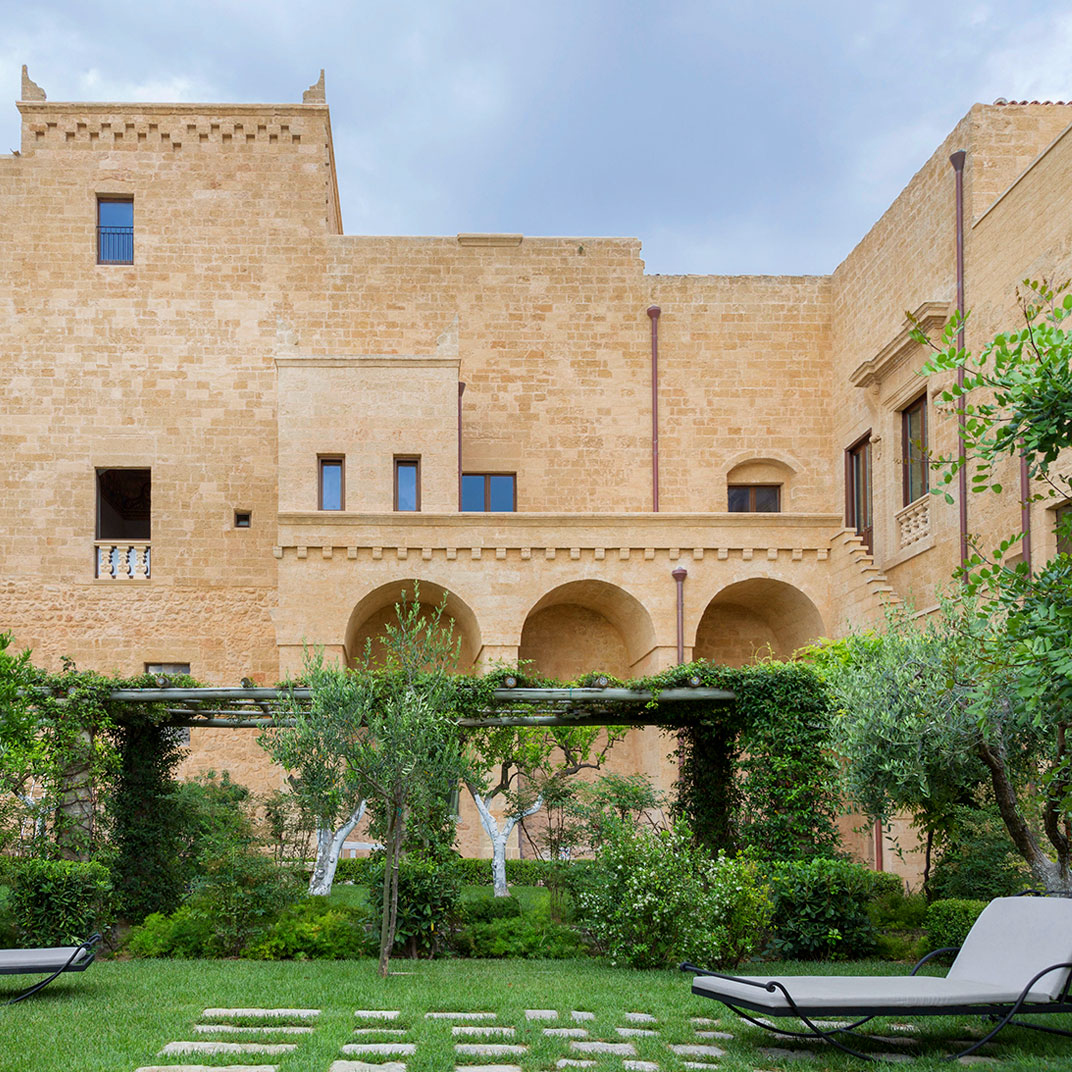
Castello di Ugento
Lecce, Italy
Puglia’s new breed of boutique hotels tend to be relatively low-key affairs, isolated farmhouses or hidden townhouses tucked quietly into unassuming villages. But Castello di Ugento, as its name might suggest, is a bigger deal than that: a 17th-century castle on a hilltop, lovingly (and lavishly) restored into a high-end hotel, a cooking school, and something of a dream house for its new owners, who live onsite.
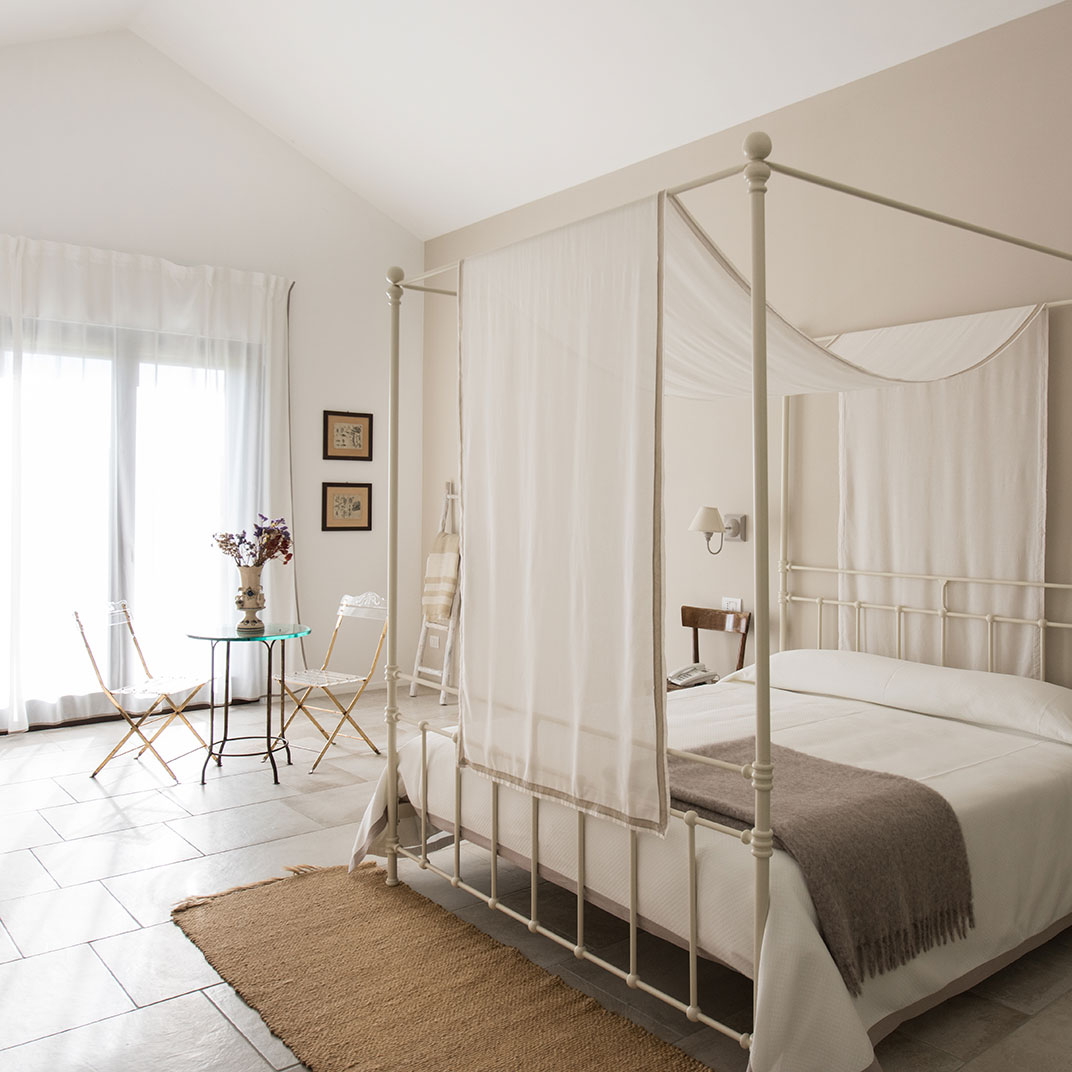
Masseria Fontana di Vite
Matera, Italy
Italian farmhouse hotels come in a variety of styles, from the classic pastel Tuscan variety to something like the Masseria Fontana di Vite, its sun-bleached stone exteriors exhibiting an almost Moorish profile against the rough landscape of Basilicata. It’s set in the hills outside Matera, the famous cave city, and its name, which translates as something like “Fountain of Life,” refers to a legendary nearby spring — precious indeed in these dry latitudes.

Crossing Condotti
Rome, Italy
Hoteliers in Rome seem to feel the pressure of thousands of years of civilization — most hotels strive to be as monumental as the city they serve. A place like Crossing Condotti, by contrast, shows there’s wisdom in keeping things relatively understated. It’s not your typical hotel, but these nine swanky accommodations in a townhouse just off the Spanish Steps are probably truer to the notion of contemporary Roman luxury than any number of marbled, colonnaded grand hotels.
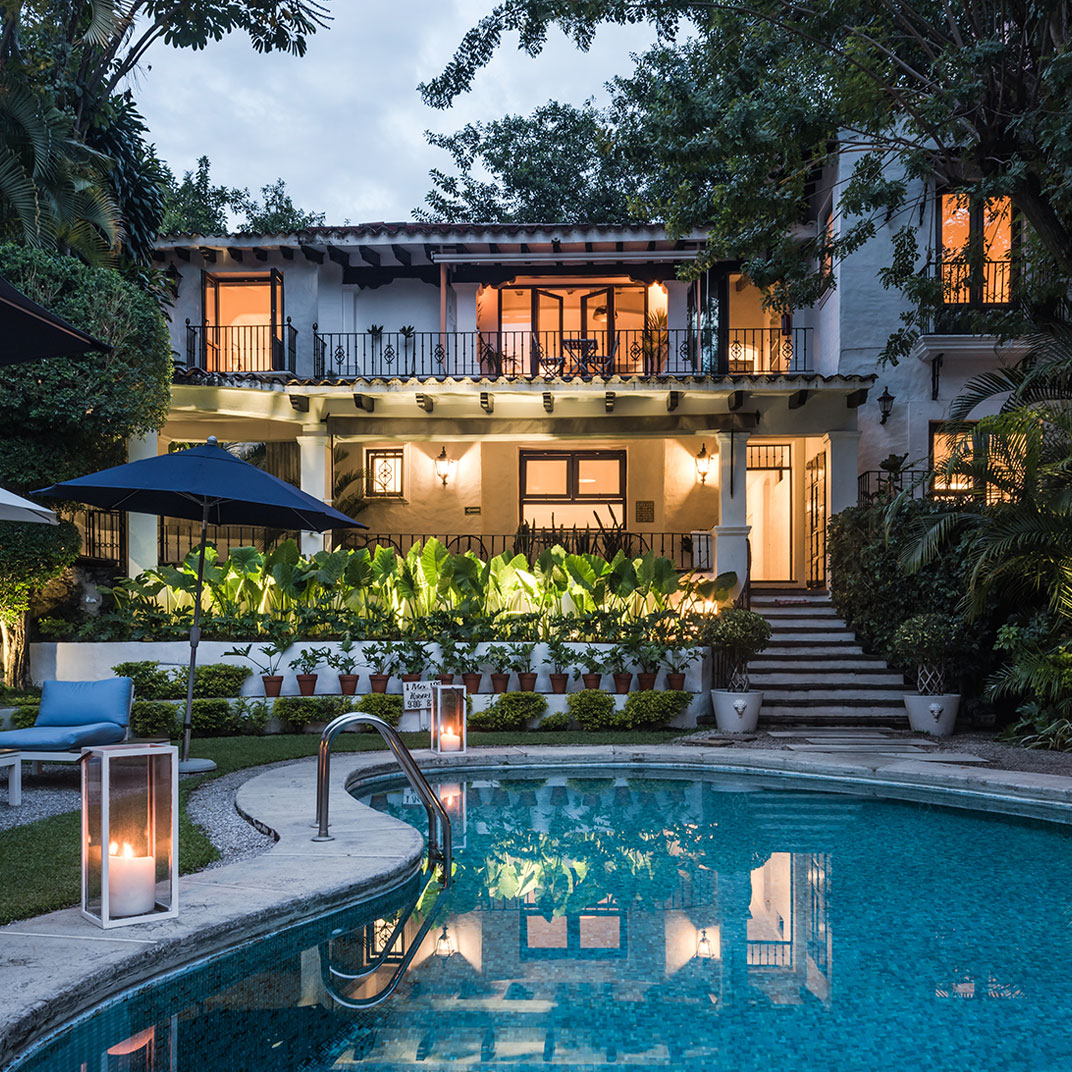
Las Casas B+B Hotel
Cuernavaca, Mexico
Cuernavaca is a destination that’s most popular among residents of Mexico City, which makes sense, given that it’s just two hours’ drive from the capital. But international travelers will find a stop here makes a delighful counterpoint to the Distrito Federal — and for a laid-back, low-key luxury boutique experience you could hardly do better than Las Casas B+B Hotel, an 11-room hideaway right in the heart of Cuernavaca’s pocket-sized downtown.

Casa Fernanda Hotel Boutique
Tepoztlán, Mexico
About two hours to the south of Mexico City is the valley town of Tepoztlán, a place whose volcanic landscape and historic ruins make it a popular choice for a city break for residents of the Distrito Federal, whether as a part of a tour of the Franciscan, Dominican and Augustinian monasteries, or a trip to Tepoztlán’s own pyramid temple. If mythology is your specialty, you’ll know this town as the purported birthplace of no less a luminary than Quetzalcoatl, the feathered serpent deity of the pre-Columbian Nahua people; if you’re more the luxury-travel type, you’ll know it as the site of a delightful boutique hotel by the name of Casa Fernanda.
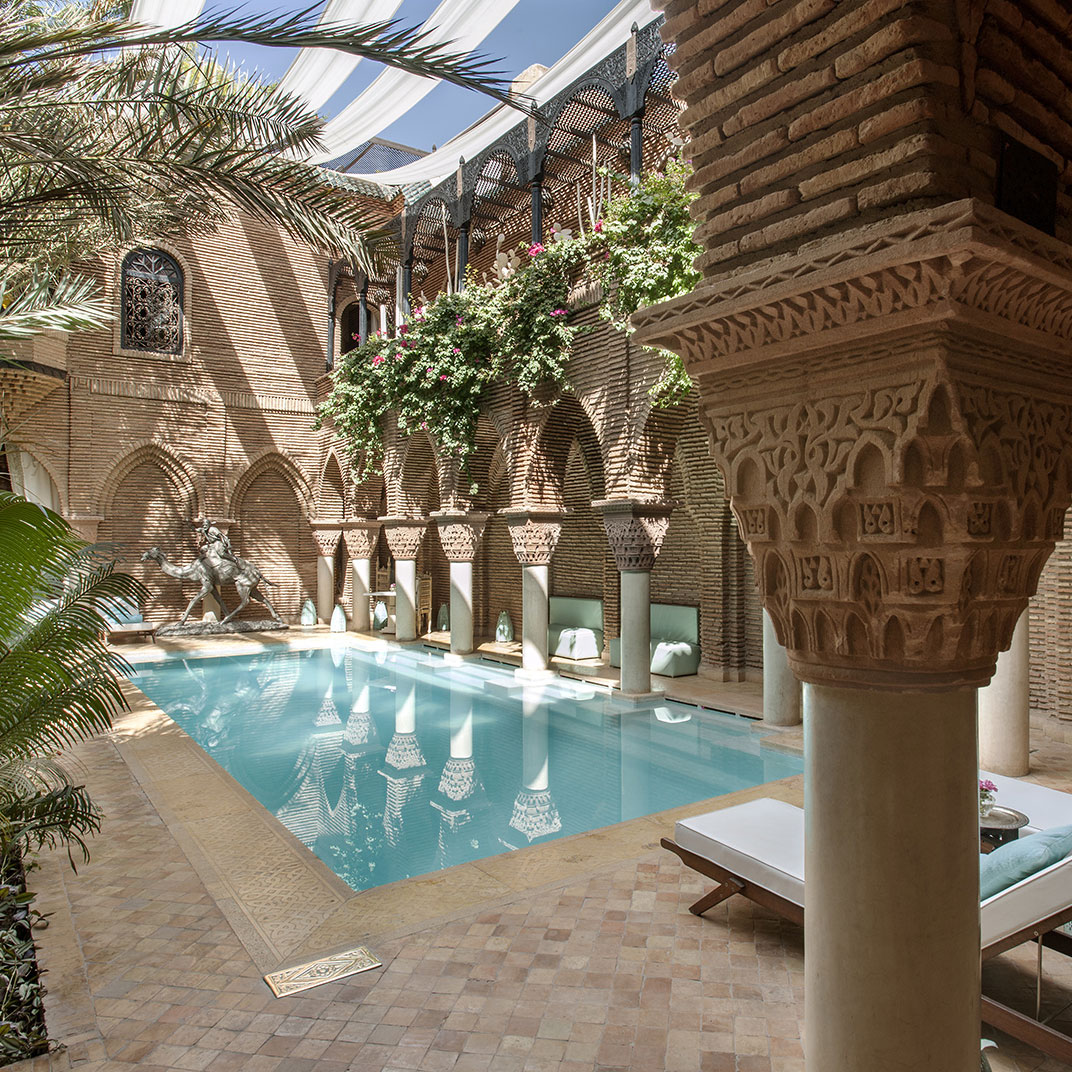
La Sultana Marrakech
Marrakech, Morocco
You can only make a riad hotel so big. But if you’re stuck for size, you can join them together — La Sultana, for example, combines four traditional Marrakchi courtyard mansions into one contiguous complex, and in so doing creates one of the medina’s most complete luxury hotels. In some towns 28 rooms and suites would still fall decidedly on the small side, but here numbers like that make La Sultana one of the biggest players in town.
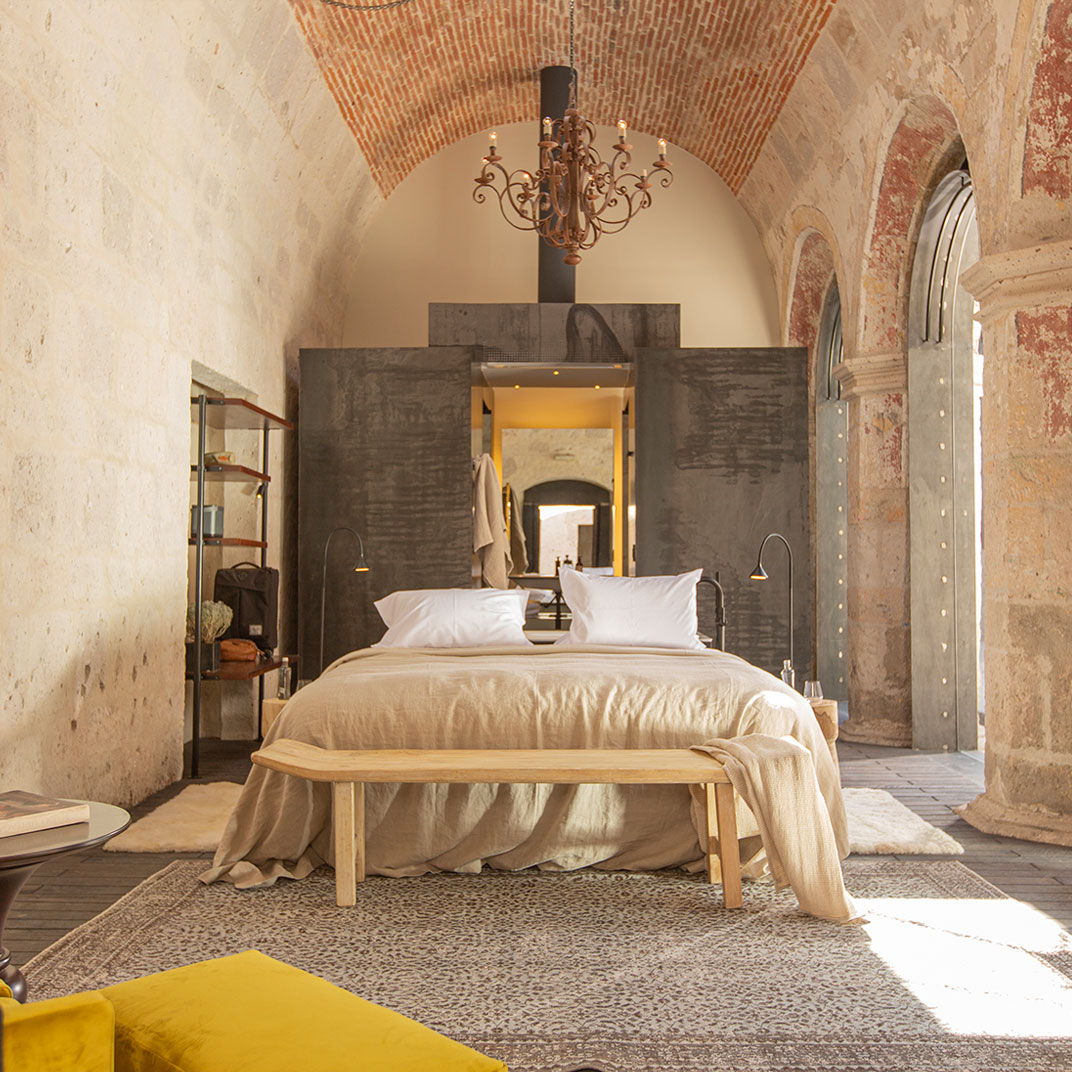
Cirqa
City of Arequipa, Peru
Peru’s second city, Arequipa, may not get as much international attention as Lima or the Inca Trail, but it’s not for lack of compelling attractions. The estate that contains Cirqa, for example, dates back to the year 1540, which means that its meticulously preserved stone walls are among the first built by European settlers in the New World. The fact that what lies within them is a stunning 11-room luxury hotel is just further evidence for the proposition that there’s more worth seeing in Peru than most travelers know.
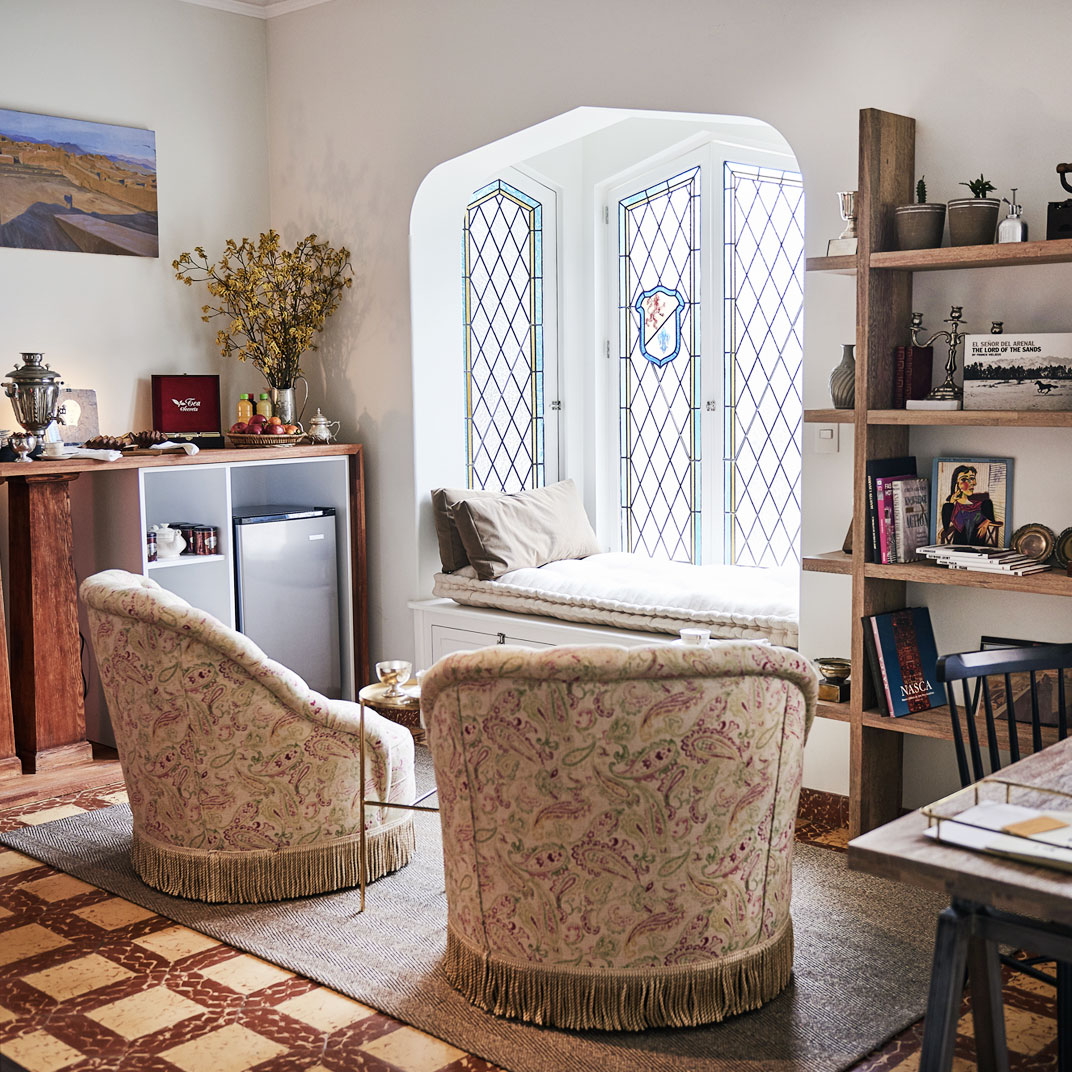
Atemporal
Lima, Peru
Though it flies a bit under the radar, anyone who’s been knows that the Peruvian capital is gritty, sprawling, and fully alive. The second largest city in the Americas — bigger even than Mexico City — Lima’s sheer size and bustling streets can be overwhelming to even the most seasoned traveler. The best way to explore the city, to really get to know it, is with the help of someone who knows the lay of the land, who can uncover hidden treasures within its millennia of history — because once you get this intoxicating place into your bloodstream, you’ll want to learn all its secrets. Atemporal is that gracious refuge in the midst of the sprawl.
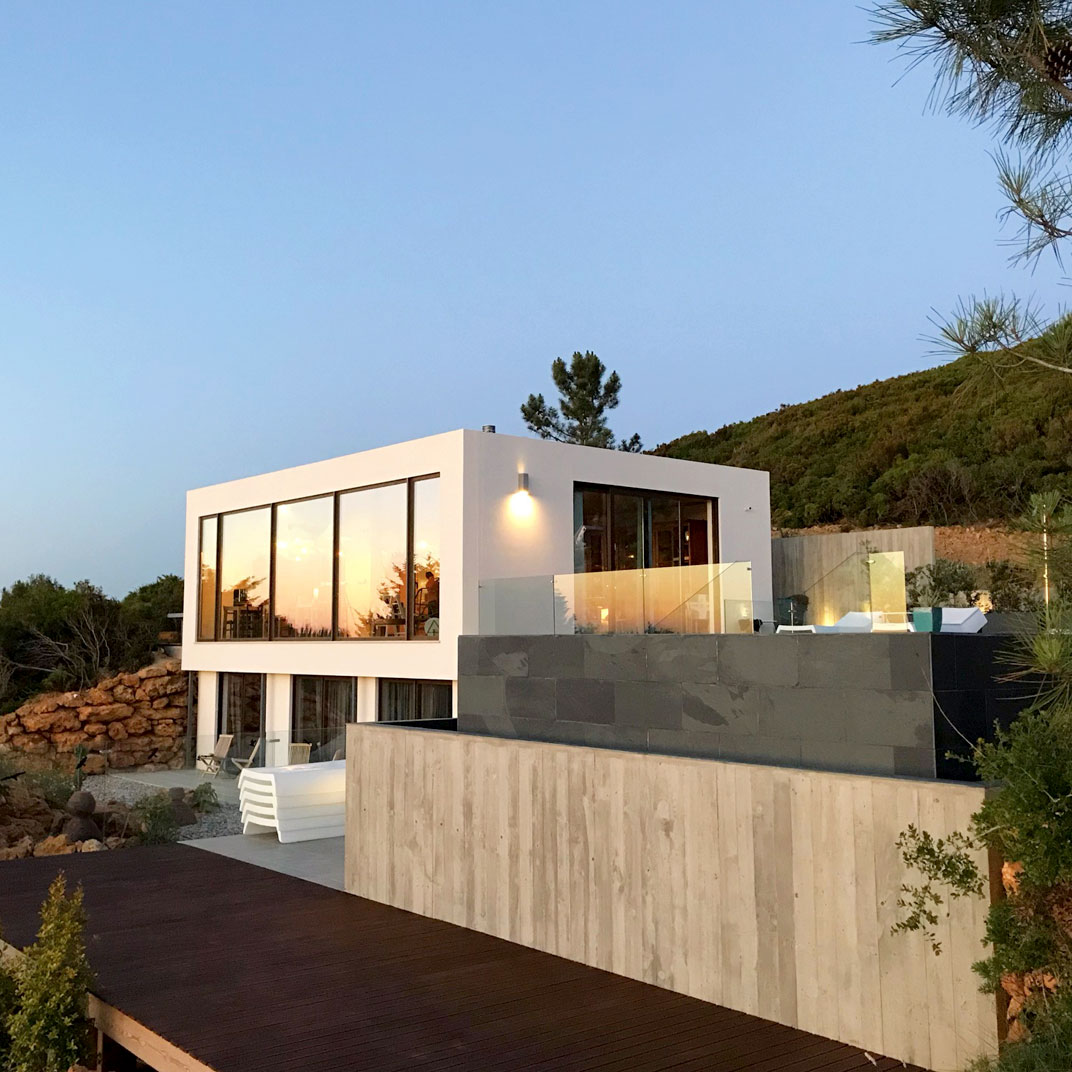
Villa Epicurea
Sesimbra, Portugal
We use the word “epicurean” for anyone with a particular love of food, comfort, or other luxury — but the historical Epicurus went farther than that. For the Epicureans, earthly pleasures weren’t pursued in a gluttonous way, but were tempered with wisdom and restraint. Pure hedonism in hospitality is a cruise ship, or the Vegas strip; Epicureanism is a stunning boutique-sized eco-resort in Serra da Arrábida, just south of Lisbon, featuring an organic restaurant and excursions to nearby wineries and nature reserves. Or, to put it a little more concisely: Villa Epicurea.
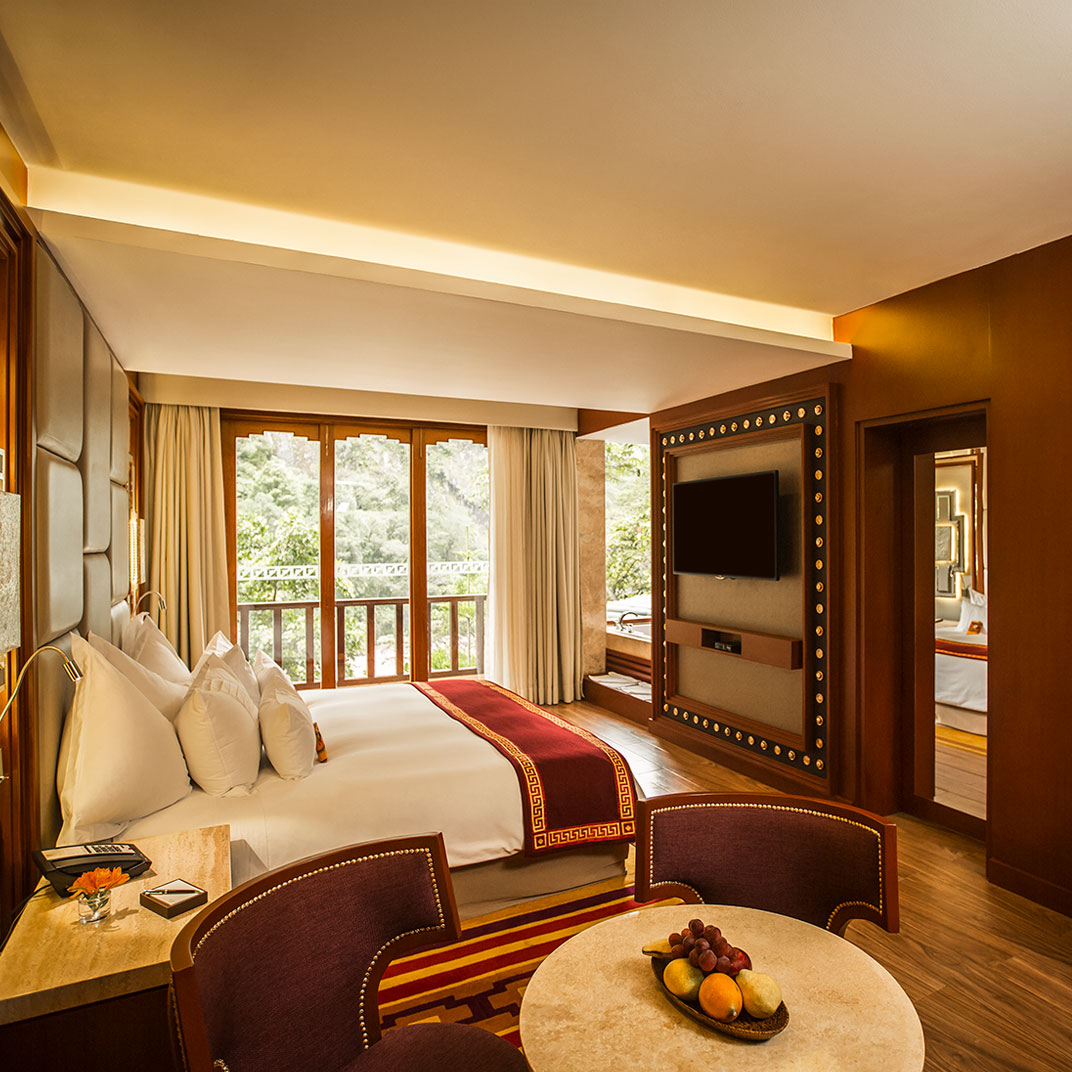
Sumaq Machu Picchu Hotel
Machu Picchu, Peru
To be close to Machu Picchu in the first place is privilege enough; a hotel of Sumaq Machu Picchu’s quality feels almost gratuitous. In Aguas Calientes, the last stop along the way to the famous historical site, you’d settle for a lot less — likewise, a hotel as elegant and luxurious as Sumaq would be a hit even in a less spectacular location. With just 60 rooms and suites, it’s in no danger of feeling out of proportion with its surroundings, and thanks to the way it’s tastefully tailored to its setting — it’s full of Inca art and objets — it never feels anything less than wholly respectful.
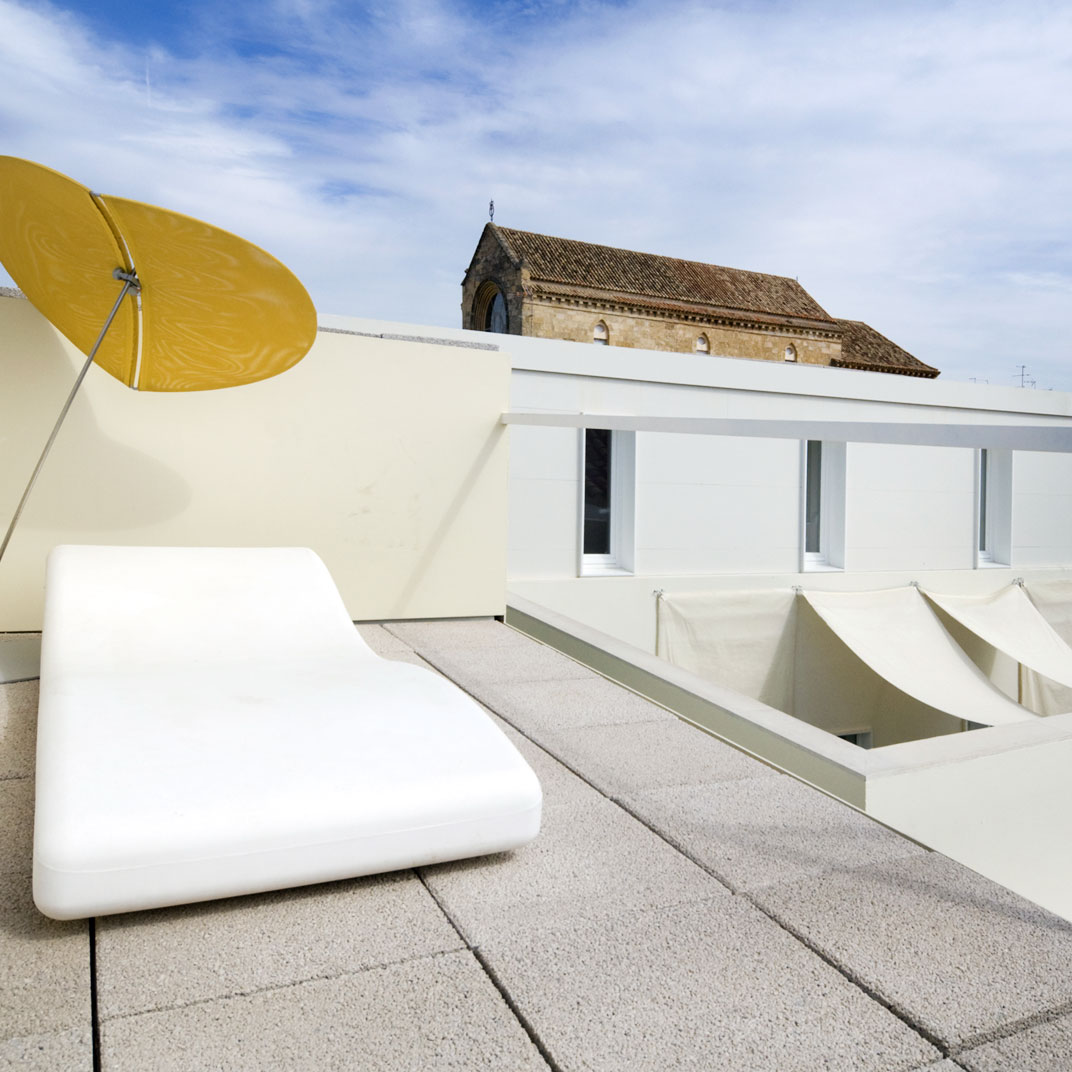
Hotel Viento 10
Córdoba, Spain
In the sleepy, charming historic center of Córdoba, you’re probably expecting more or less anything but the sleek, modern, minimalist design paradise that is the seven-room Hotel Viento 10. But behind the doors of this 16th-century building, that’s exactly what you’ll find — contemporary interior architecture, retro-modern furniture, plentiful splashes of bold color, and lots of concrete and glass, to contrast with the brick archways and thick stone walls of the original structure.



